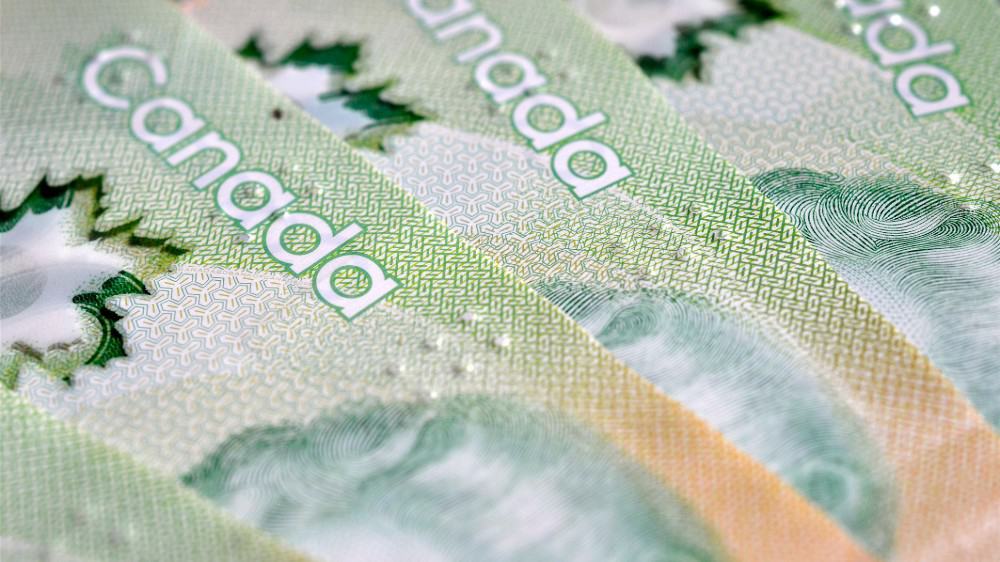If you’re a Canadian worker who was laid off due to COVID-19, you may be eligible for up to $500 a week. It’s thanks to a program called the Canada Emergency Response Benefit (CERB). Designed to support workers who aren’t getting EI during the pandemic, it can provide a much-needed cash inflow in these challenging times. In this article, I’ll be reviewing CERB eligibility requirements to help you determine whether you could receive benefits.
Eligibility requirements
The main eligibility requirement to receive the CERB is that you be out of work due to COVID-19. You can receive the CERB even if you’re not eligible for EI. If you are eligible for EI and were laid off because of COVID, the CRA encourages you to apply for the CERB instead. You cannot receive both EI and CERB payments in the same period.
Getting into the finer details, there are a number of yardsticks that the CRA uses to determine who is out of work due to COVID-19. If you earned at least $5,000 in the last 12 months, you’re considered to have been working. If you earned less than $1,000 in the last two weeks, you’re considered to be out of work.
If you left your job voluntarily, you’re not considered laid off. So to be eligible, you need to be a formerly employed (or self-employed) person, who earned $5,000 in the last 12 months, who is involuntarily out of work, earning less than $1,000 in the most recent two-week period.
Implications for investors
If you’re an investor, you might be wondering whether your investments impact your CERB eligibility.
It depends on the type of investment.
If you earn “non-eligible dividends (e.g., small business dividends), they will impact your eligibility. More than $5,000 in a 12-month period will make you eligible, more than $1,000 in the last 14 days will make you ineligible. Basically, if you earn dividends from a small business you control, that’s considered employment income.
The situation is different if you hold publicly traded stock. According to the CRA website at Canada.ca, eligible dividends don’t impact CERB eligibility. Eligible dividends are dividends that qualify for the dividend tax credit. Generally, that means dividends paid by publicly traded shares.
So if you own a large stake in a company like Fortis Inc (TSX:FTS)(NYSE:FTS), you should still qualify for the CERB. That’s true even if you’re getting large dividend payments on a regular basis.
As of right now, the CRA’s public statements indicate that only non-eligible dividends factor into CERB eligibility. So, if you own a $1,000,000 stake in FTS, and get $35,000 a year in dividends from it, that shouldn’t disqualify you.
That said, the CRA rules change all the time. It’s possible that they could announce that eligible dividends factor into CERB eligibility at a later date.
To be really safe, you’ll probably want to hold stocks like FTS in an RRSP or TFSA. It guarantees that dividends you receive aren’t considered part of taxable income.










